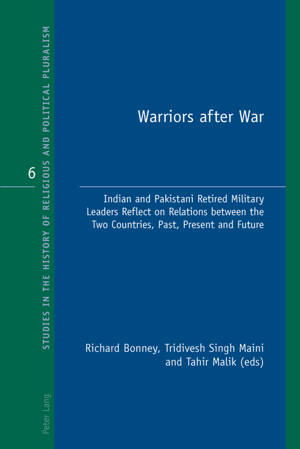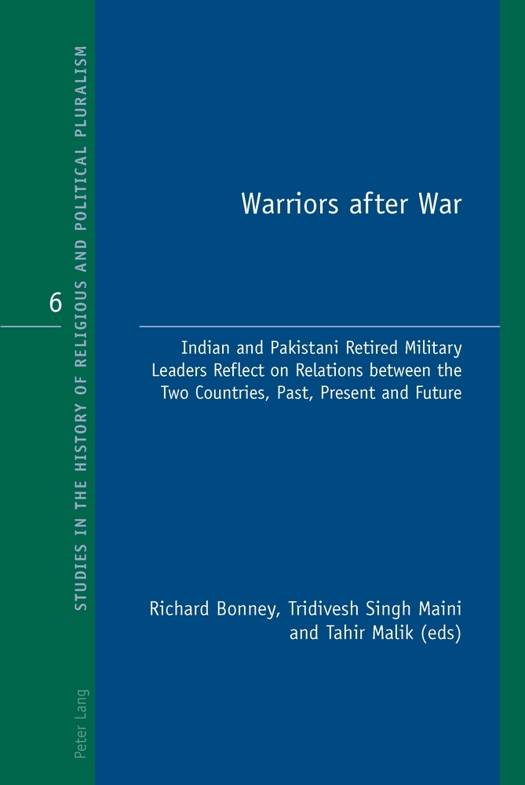
Bedankt voor het vertrouwen het afgelopen jaar! Om jou te bedanken bieden we GRATIS verzending (in België) aan op alles gedurende de hele maand januari.
- Afhalen na 1 uur in een winkel met voorraad
- In januari gratis thuislevering in België
- Ruim aanbod met 7 miljoen producten
Bedankt voor het vertrouwen het afgelopen jaar! Om jou te bedanken bieden we GRATIS verzending (in België) aan op alles gedurende de hele maand januari.
- Afhalen na 1 uur in een winkel met voorraad
- In januari gratis thuislevering in België
- Ruim aanbod met 7 miljoen producten
Warriors after War; Indian and Pakistani Retired Military Leaders Reflect on Relations between the Two Countries, Past, Present and Future
Indian and Pakistani Retired Military Leaders Reflect on Relations between the Two Countries, Past, Present and Future
€ 89,95
+ 179 punten
Omschrijving
The inspiration for this book arose from the opening of the Srinagar-Muzaffarabad bus route on 7 April 2005, the first direct link between the two parts of divided Kashmir since 1947. The original impetus for change in the region arose not from politicians but from ex-military figures in Pakistan and India who had made a direct approach to the Institute for Multi-Track Diplomacy (IMTD), an independent, not-for-profit organization in the United States headed by former US Ambassador John W. McDonald. Most of the twenty-six retired military figures from India and Pakistan interviewed in this book accept that with both countries possessing nuclear weapons since 1998, choosing war to resolve outstanding disputes is no longer a sensible or realistic option. They differ greatly, however, in their analysis of the opportunities and pathways towards a sustainable peace in South Asia, with the greatest divergence of views on the Kashmir dispute. The material contained in the interviews is enhanced with biographical and other notes, along with a comprehensive introduction and conclusion. The detailed Appendices provide an analysis of religious-based extremist violence in Kashmir and Pakistan.
Specificaties
Betrokkenen
- Uitgeverij:
Inhoud
- Aantal bladzijden:
- 380
- Taal:
- Engels
- Reeks:
- Reeksnummer:
- nr. 6
Eigenschappen
- Productcode (EAN):
- 9783034302852
- Verschijningsdatum:
- 16/06/2011
- Uitvoering:
- Paperback
- Formaat:
- Trade paperback (VS)
- Afmetingen:
- 152 mm x 229 mm
- Gewicht:
- 521 g

Alleen bij Standaard Boekhandel
+ 179 punten op je klantenkaart van Standaard Boekhandel
Beoordelingen
We publiceren alleen reviews die voldoen aan de voorwaarden voor reviews. Bekijk onze voorwaarden voor reviews.








